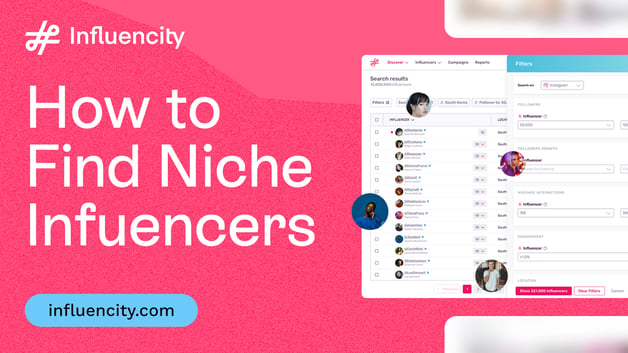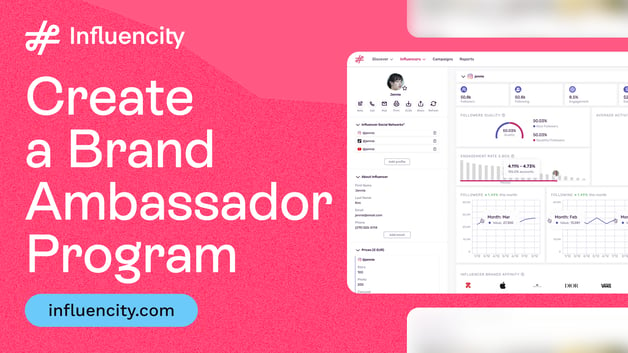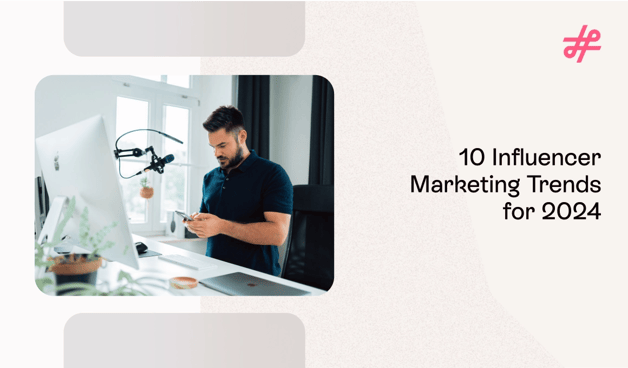Social Media
Viral Marketing Campaigns: Learning from Duolingo, Stanley & Ryanair
Social Media
"I threw some spaghetti at the wall and it stuck."
That's how most people think viral content happens. It's also complete BS.
I spent some time studying the power of storytelling and what makes content spread like wildfire.
Here's what nobody's telling you about viral marketing campaigns. There's a pattern. A science behind it. A method to the madness that brands like Duolingo, Stanley, and Ryanair have mastered. And you can, too.
I'll even show you how a small team (i.e., one person) produced a viral campaign following the same patterns as these big teams with big budgets.
The Essential Ingredients for Viral Marketing Campaigns
Think of viral content less like following exact measurements and more like knowing which ingredients play well together. Here's what you need:
1. Platform-Native Storytelling: The Non-Negotiable
What it means: Your content needs to feel like it belongs on the platform. TikTok has a specific language, rhythm, and aesthetic that's nothing like LinkedIn or Instagram.
Why it matters: When your post looks like a polished commercial instead of something made for TikTok, people scroll right past.
Quick Tip: Set aside 20 minutes to scroll your brand's For You Page. Notice the patterns, transitions, and audio that keep appearing. That's your blueprint.
@lainedubin THE WINNER TAKES IT ALLLLLLLLL🏆🥇 🎥 @Emma #figureskating #figureskatingtiktok #iceskating #iceskatingtiktok #plussizefigureskater #figureskatingtiktoks #iceskater #figureskater #adultfigureskater #adultsskatetoo ♬ original sound - billie
2. Emotional Triggers That Spark Sharing
What works: Humor, nostalgia, surprise, and even mild outrage are powerful drivers of virality.
What doesn't work: Confusing "emotional" storytelling with "sentimental music and slow zooms." Don’t do that.
The most viral campaigns of 2024-2025 leaned heavily into humor (Duolingo), nostalgia (90s-inspired content), and raw authenticity (Stanley's car fire moment). These emotional hooks create immediate connection and make your brand more memorable than any feature list ever could.
3. The UGC & Participation Invitation
The best viral content doesn't end the conversation – it starts one. Can people duet your video? Answer your question. Try your challenge. Put their spin on your idea? If not, you're monologuing, not creating a movement.
MrBeast’s stunt with Damian Lilliard at the 2025 NBA All-Star Weekend resulted in a fan, Jaren Barajas, winning $100,000 and tons of UGC on social media. The NBA was a winner too. This campaign was designed to attract a younger audience. With over 100 million views on the league's social media platforms and tons of UGC, the NBA achieved broad reach.
@chrisclutch24 Would you make a logo 3 before Dame makes three? 👀 What would you spend the 100k on? 🤔 #mrbeast #nba #basketball #damianlillard #dame @MrBeast ♬ original sound - Chris Clutch
Let's get real for a second: If your lawyers are freaking out about people remixing your stuff, just stop now. Seriously. You can't go viral if nobody can play with your content. That's not how this works.
4. The Cultural Connection
You can't create viral moments in a vacuum. Your content needs to engage people in conversations they are already having.
I'm not saying jump on every trending hashtag—that's exhausting and usually embarrassing. I'm talking about finding the overlap between what your brand can authentically say and what your audience actually cares about right now.
@deeptomcruise When I dance, I dance with my hands 🙌 #wednesday #DeepTomCruise #wednesdayadams ♬ original sound - Paul
Remember when everyone was obsessed with that weird Wednesday dance? Brands that found clever ways to join in (without looking like your uncle doing TikTok dances) connected with audiences already primed to engage.
5. The Engagement Magnet: Designing for Algorithmic Success

What algorithms reward: Content that generates comments, shares, stitches, duets, and saves.
Why it matters: Active engagement signals tell platforms, "People aren't just watching this—they're interacting with it. Show it to more humans!"
Pro tip: Build your content to spark reactions. Ask questions that people can't resist answering. Create content with a small, fixable mistake—people can't help but correct you.
5 Viral Marketing Campaigns That Changed the Game (And What You Can Learn From Them)
Duolingo: When Your Mascot Becomes the Meme
Duolingo wasn't always social media royalty. Before 2022, their TikTok was... fine. Educational. Proper. Boring.
Then something shifted. Their green owl mascot started showing up in unexpected places. It was lurking menacingly in office corners, recreating celebrity drama, and sobbing uncontrollably when users missed lessons. The content was weird, self-aware, and completely unhinged.
What they did differently: Their April Fools "Duolingo On Ice" campaign featured their social media manager in a homemade owl costume "practicing" for a non-existent ice skating show. A few months later, they "killed off" the owl in a mock memorial that had creators filming dramatic tribute videos.
@duolingo is somebody gonna match my streak? #verified #duolingo #languagelearning ♬ Nasty - Tinashe
Why it worked: Duolingo creates content that feels like it came from a creator, not a corporation. Their tone is consistently strange, surprisingly emotional, and always platform-native. They don't chase trends – they become the trend.
Lessons to apply:
- Build characters your audience can play with and respond to
- Don't overthink "professionalism." Commitment to the bit matters more
- Frame your posts as prompts, not announcements
Stanley Tumblers: When Real Life Delivers Your Viral Moment
Sometimes the internet hands you gold and you just need to recognize it.
That's exactly what happened with Stanley last year. A woman's car burst into flames (in real life). Total loss. Absolutely destroyed. When the fire department finally let her check out the damage, she found something ridiculous. Her Stanley cup sitting there in the cupholder, perfectly fine. Not even melted. And still full of ice.
No marketing team could have dreamed up a better product demo. She grabbed her phone, filmed a quick TikTok showing her charred car with this pristine tumbler just chilling in the middle of it all, and boom, internet gold.
The video gained traction naturally, but Stanley's response is what made it legendary. Instead of sending a corporate statement, they commented publicly: "We're glad you're okay. We'd love to buy you a new car."
@stanleybrand #stitch with @Danielle ♬ original sound - Stanley Brand
That human response transformed a product feature (durability) into an emotional story about a brand that shows up when it matters. News outlets covered it. TikTokers reacted. Stanley sales surged even higher.
Why this works: Stanley didn't try to make the moment about them – they simply acknowledged it with generosity and speed. The authentic response matched the emotional power of the original content perfectly.
What you can steal:
- Set up systems to spot organic mentions in real-time
- Give someone on your team the autonomy to respond with heart, not a script
- Remember that how you handle unexpected moments defines your brand more than your planned campaigns
Maybelline: When Offline Spectacle Creates Online Magic
They installed enormous fake eyelashes on London double-decker buses and placed animated mascara wands on Tube escalators, timed perfectly to "apply" mascara as people rode by. The stunt was clever, but what made it viral was how TikTok creators "discovered" it months later.
One creator's stunned reaction video – "Is this real??" – helped relaunch the campaign into virality in 2024, even though it had technically ended the year before. Maybelline didn't force this second wave – they let creators take the lead.
@hypebae @Maybelline New York is lashing out with their new ad campaign in London. 👀 #maybelline #eyelashes ♬ original sound - HYPEBAE
Why'd this work so damn well? Because Maybelline didn't create an ad campaign. They created an impossible-to-ignore spectacle. Those giant eyelashes weren't just for people stuck in London traffic. They were irresistible Instagram bait and TikTok candy.
People literally stopped in their tracks, pulled out their phones, and thought "nobody's gonna believe this unless I film it." That's the sweet spot.
Stuff worth stealing:
- Think beyond the billboard. Ask yourself: "Would I take out my phone for this?" If not, keep brainstorming. Your IRL campaigns should be designed to jump from street to screen.
- Give people something visually unexpected to discover and document
- Know when to step back and let creator reactions drive the narrative
Ryanair: When Your Social Team IS Your Campaign
Ryanair didn't go viral for one brilliant campaign. They went viral for becoming a character people couldn't look away from.
Their TikTok features a sassy airplane face (created with a simple filter), paired with sarcastic captions and razor-sharp comment replies. Instead of glossing over their budget airline reputation, they lean into it with self-deprecating humor that feels shockingly honest.
When a user asked, "Why are your flights so cheap?" they responded: "We just don't like money." When another complained about having to pay for water, the Ryanair "character" feigned mock outrage.
Their content isn't polished or precious – it's consistently, unapologetically Ryanair. The comments section often becomes as entertaining as the videos themselves, with the brand playing along with followers' jokes.
Why this works: By giving their brand a consistent voice and persona, Ryanair makes their content feel like an ongoing series, not marketing. Followers know what to expect and look forward to the next installment.
What you can steal:
- Develop a strong, recognizable voice that carries through videos, captions, and especially replies
- Create a "character" your audience can engage with, even if your product isn't exciting
- Remember that consistency turns content into a cult following
Mohawk Chevrolet: Small Team, Massive Impact
Think you need a massive team and budget to create viral content? Think again.
In July 2024, Mohawk Chevrolet posted a low-budget, skit-style TikTok starring their receptionist, Grace Kerber. Imagine the most boring workplace mockumentary you've ever seen. That awkward Jim-from-The-Office stare into the camera. Those long, uncomfortable silences. The zoom-ins on someone's "are you kidding me?" face.
That's exactly what Grace from Mohawk Chevrolet created. Her video wasn't about anything earth-shattering, just the everyday nonsense of working at a car dealership. A customer asking if the red car comes in red. A salesperson desperately trying to find someone's keys. The finance guy having a meltdown over paperwork.
What made it work? She didn't try to make a commercial. There was no fancy camera work, no script approved by five departments, no washed-up celebrity trying to seem relevant. Just Grace, her phone, and a perfect understanding of internet humor.
@mohawkchevrolet Episode 4 of The Dealership, "Dreams of Power"🪴 #TheDealership #MohawkChevrolet #Chevrolet #fyp #MohawkHonda #theoffice ♬ original sound - Mohawk Chevrolet
And holy crap did it take off. We're talking millions of views in days. People couldn't get enough. Viewers demanded sequels, duetted it, sent it to friends with messages like "THIS IS MY DEALERSHIP EVERY TIME." Even General Motor's CEO filmed a response. Grace became a local legend – and living proof that authenticity beats production value every time.
Why Mohawk's approach worked: Nothing about this felt manufactured. Grace wasn't following a marketing playbook – she was just being herself. And viewers connected with that realness immediately. The dealership trusted their team member to represent them authentically, and it paid off big time.
The real lessons here:
- Your best content creators might already be on your payroll – look around
- When someone understands the vibe, get out of their way
- Skip the slick production and focus on genuine storytelling
Working with Influencers Without Killing Their Magic
I can't tell you how many times I've seen brands absolutely butcher influencer partnerships. They hire a great storyteller and then immediately handcuff them with rigid scripts and robotic talking points.

My biggest pet peeve? When brands force influencers to regurgitate exact marketing language. Nothing screams "sponsored contents" like watching five different creators awkwardly working in the same three brand phrases.
How to Create a Viral Marketing Brief for Influencers
The No-BS guide to briefing influencers for actual results:
What most brands get wrong:
For starters, just tell them what you're actually trying to accomplish. Not some jargon-filled nonsense, but the real goal. "We want people to know this cream doesn't leave that weird white residue." Simple. Bonus points for telling the influencers how you will measure success. (They really do want to know.)
How to structure an effective brief:
.png?width=600&height=302&name=White%20%26%20Green%20Modern%20Bar%20Chart%20Graph%20(36).png)
The "No BS" Pre-Launch Checklist
Grab a coffee. Be honest with yourself. Then answer:
Is your content platform-specific? I see this mistake constantly. Marketing teams think platforms are interchangeable - they're not. TikTok isn't Instagram with longer videos. Instagram isn't Facebook with better filters. Each platform has its own culture, inside jokes, and unspoken rules.

You know that feeling when your boss tries using slang? That uncomfortable cringe? That's what your audience feels watching your "fellow kids" attempt at TikTok. Those Instagram carousels stuffed with corporate jargon and perfectly formatted bullet points? Glorified PowerPoint slides. That overly polished piece with six different brand mentions? Everyone knows your influencers are reading from the same script you sent to eight other creators.
Will it make someone feel something—anything? Seriously, I don't care if they laugh, get annoyed, or feel seen—just make them FEEL. Neutral = forgettable.
Can people play with it or does it land with a thud? If your content is a closed loop, it'll die on the vine. The best viral pieces are conversation starters, not enders. Think: "What would someone add to this?" If the answer is nothing, rethink it.
Are you jumping into conversations or just talking to yourself? Nobody wants to hear about your brand's "exciting new features" unless you connect them to something people already care about. What are your target humans already discussing? How can you add value to THAT conversation?
Will someone feel compelled to do something after seeing it? The algorithm gods demand engagement. You need comments, shares, and saves, not just passive views. Have you built in a reason for action? Is there a question begging to be answered or a take hot enough to spark debate?
3 Key Elements All Successful Viral Marketing Campaigns Share
Some of the most talked-about viral marketing campaigns from the past year came from brands with more creativity than cash. A car dealership receptionist. A budget airline with a simple face filter. An owl costume and a lot of commitment to the bit.

The common thread is understanding what makes content worth sharing, using the right ingredients, and trusting the process.
The winning formula combines these three key elements:
- Authentic brand personality – Ryanair's sassy airplane persona and Duolingo's unhinged owl showed that distinctive character resonates far more than corporate messaging
that's a wall https://t.co/9ePME6OlSW
— Ryanair (@Ryanair) March 6, 2025
2. Emotional storytelling – Stanley's human response to a customer's car fire turned a product feature story into an emotional moment about a brand that cares
3. Community participation – All these successful viral marketing campaigns invited audiences to became part of the story through reactions, remixes and contributions.

Give your campaign a clear personality. Make it feel native to the platform. Invite participation. And above all, let go of corporate perfection in favor of human connection.
Because in 2025, going viral isn't about being the loudest – it's about being the most worth sharing.
Need help finding the right creators for your next viral campaign? Influencity makes it easy to build, brief, and manage influencer partnerships that perform. Start your next campaign here or check out our guide to finding the perfect influencer match for your brand.
Lynne Clement
Lynne Clement knows influencer marketing from every angle, having worked across agencies, brands, and platforms for nearly 20 years. Her insights come from marketing experience at Procter & Gamble, leading marketing strategy and execution at a top influencer agency, and working inside an influencer platform. During...




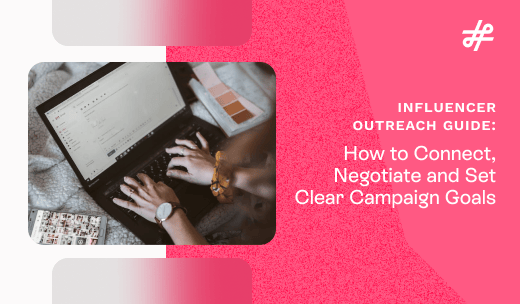
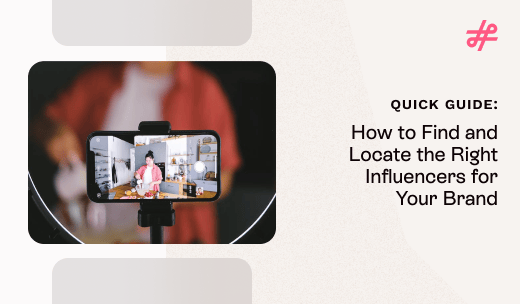





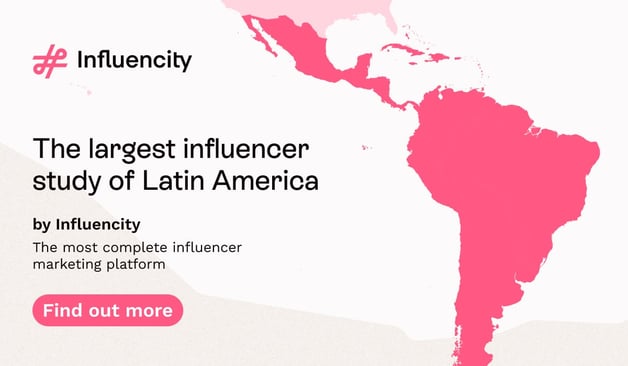


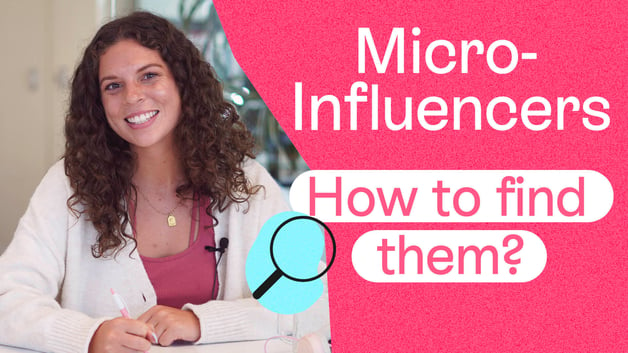


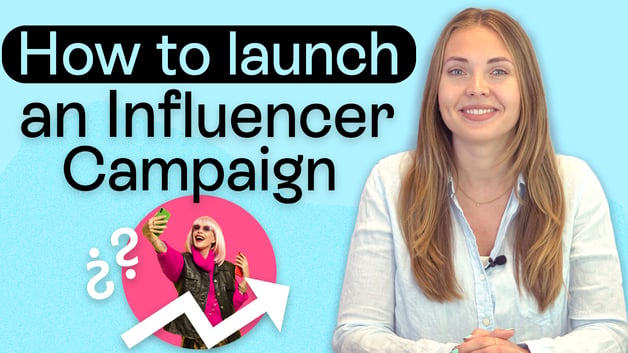

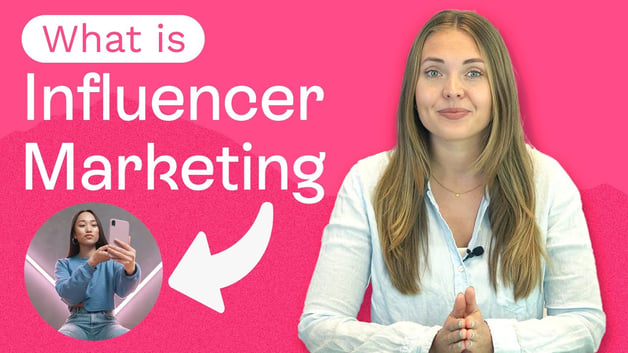

%20and%20How%20Can%20They%20Benefit%20Your%20Brand%20article.jpg?length=628&name=What%20Are%20Key%20Opinion%20Leaders%20(KOL)%20and%20How%20Can%20They%20Benefit%20Your%20Brand%20article.jpg)
